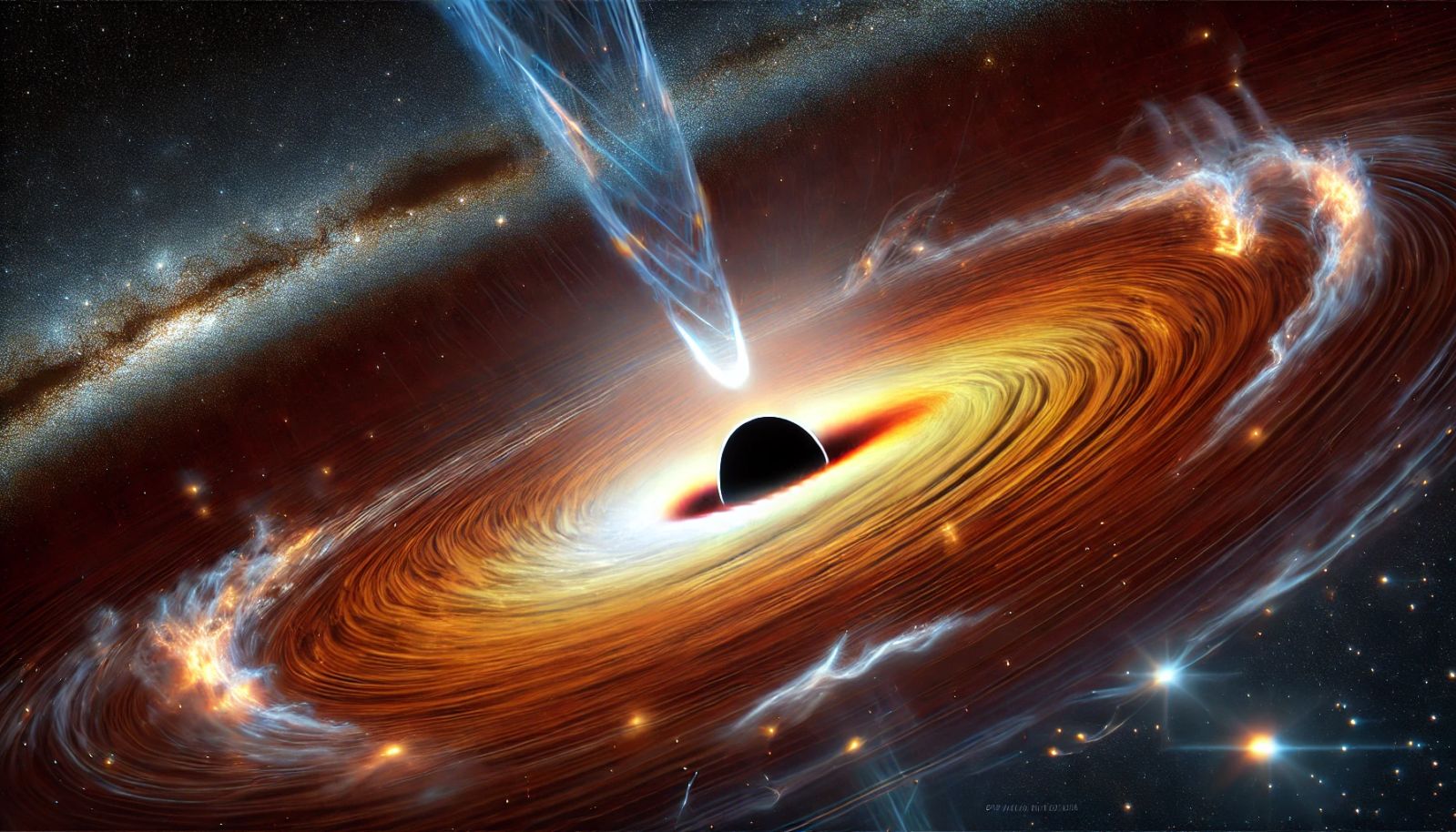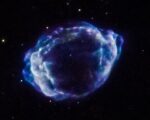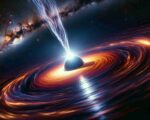Astronomers Detect Record-Breaking Black Hole Consuming Matter at Unprecedented Rate
A team of astronomers, utilizing data from NASA’s James Webb Space Telescope (JWST) and the Chandra X-ray Observatory, has identified a black hole that is consuming matter at an astonishing rate, far exceeding theoretical limits. The black hole, named LID-568, is located in a galaxy formed just 1.5 billion years after the Big Bang, offering a rare glimpse into the early universe. This discovery challenges existing models of black hole growth, suggesting that supermassive black holes may have formed much more rapidly than previously thought.
Revolutionary Observation Technique Offers New Insights
The breakthrough was led by Dr. Hyewon Suh from the International Gemini Observatory at NSF NOIRLab, with the team identifying LID-568 within a cluster of galaxies that emit bright X-rays despite being faint in the visible spectrum. In a departure from traditional observational methods, the researchers employed JWST’s integral field spectrograph in the Near Infrared Spectrograph (NIRSpec) to capture data from every pixel in the target area. This innovative approach allowed for precise positioning of the black hole, revealing significant gas outflows surrounding it.
Intense Feeding and Rapid Growth
The outflows detected around LID-568 suggest that the black hole is likely undergoing periods of rapid, short-lived feeding, contributing to its extraordinary growth rate. Dr. Emanuele Farina, a co-author of the study, emphasized the importance of the new technique, noting that it was essential to capture the faint signals coming from such a distant and early cosmic object. These findings could redefine our understanding of how supermassive black holes form and evolve, providing key insights into their growth in the early universe.
Implications for Understanding Early Universe Phenomena
The discovery of LID-568 challenges existing theories of black hole formation, particularly how these massive objects could grow so quickly in the early stages of the universe. As astronomers continue to study this and other similar galaxies, they may uncover new mechanisms that explain the rapid growth of supermassive black holes. This research not only pushes the boundaries of astrophysics but also sheds light on the processes that shaped the universe as we know it.

















